
2024 Nhà Máy Bán Hàng Trực Tiếp Cơ Thể Thông Minh Cảm Biến Ánh Sáng LED Trong Nhà Pin Powered Cảm Biến Chuyển Động Phòng Ngủ Tủ Ánh Sáng


Âm Thanh Báo Động Với Đèn Flash Sáng Siren Báo Động Với Ánh Sáng Nhấp Nháy Cảnh Báo Ánh Sáng Âm Thanh Báo Động Xenon Ống Ánh Sáng


Led ánh sáng thông minh cầu thang điều khiển ánh sáng cảm biến chuyển động cho cầu thang ánh sáng điện áp thấp 12V/24V
Sẵn sàng vận chuyển


KJT Nhà Sản Xuất Bán Trực Tiếp Thiết Bị Phát Hiện Cửa Thang Máy Cảm Biến Ánh Sáng An Toàn Kinh Tế KJT40


Banqcn hành lang nhà bếp cầu thang bước có thể sạc lại nhiều liên kết cảm biến chuyển động ánh sáng ban đêm với cảm biến chuyển động hoàng hôn Bình Minh

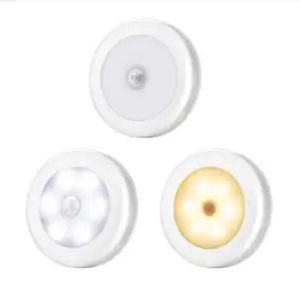
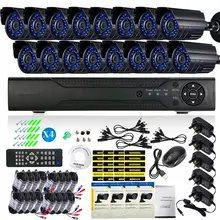


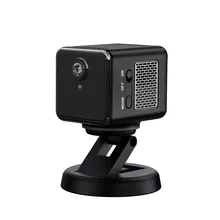
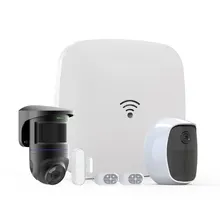
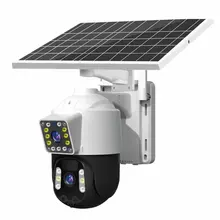


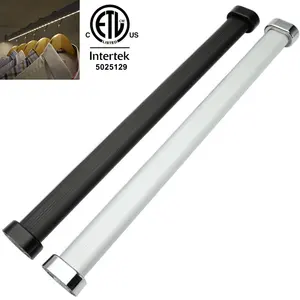
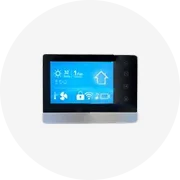
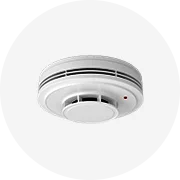
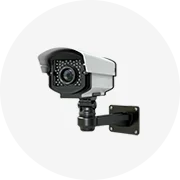
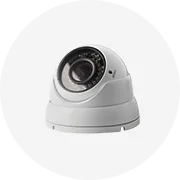

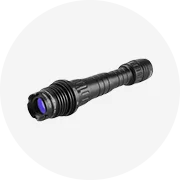
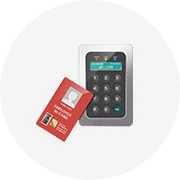
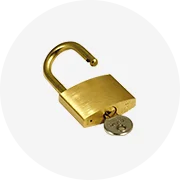








 浙公网安备 33010002000092号
浙公网安备 33010002000092号 浙B2-20120091-4
浙B2-20120091-4